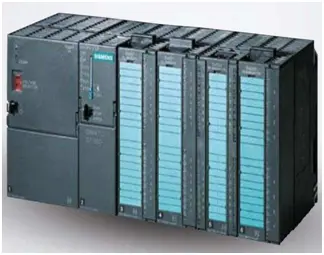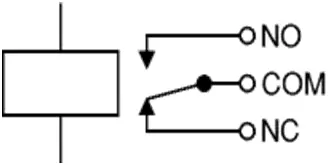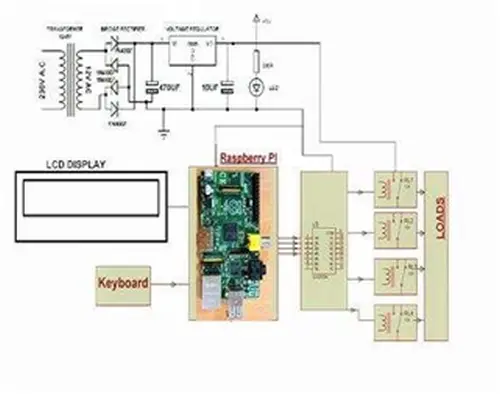This commentary dives into a research paper exploring the use of a Raspberry Pi for sequential switching of industrial loads. It analyzes the project's concept, advantages, and the hardware components involved.
Abstract Breakdown
The paper proposes a system utilizing a Raspberry Pi, a low-cost computer, to control and automate the switching of industrial loads in a pre-programmed sequence. This approach offers a cost-effective alternative to expensive Programmable Logic Controllers (PLCs) typically used in industrial settings for similar tasks.
Introduction: Setting the Stage
The introduction emphasizes the increasing pressure on industries to optimize processes and reduce costs. It highlights the role of automation in achieving these goals and introduces the Raspberry Pi as a potential solution for simpler automation tasks.
Current Practices: The Costly Option
The paper discusses PLCs, the traditional method for industrial automation. While powerful, PLCs can be expensive, making them less suitable for smaller-scale applications or those with limited budgets.
The Proposed Model: A Raspberry Pi Alternative
The core of the paper presents the Raspberry Pi based system. A block diagram illustrates the system's components, including the Raspberry Pi itself, a power supply, driving circuits, relays, and an optional LCD display for user interface.
System Breakdown: Unveiling the Components
The following sections delve deeper into the individual components:
- Raspberry Pi Board: This section describes the Raspberry Pi, a credit-card sized computer capable of running Linux and various programming languages. It emphasizes its affordability and versatility.
- Driving Circuit: This section explains the role of the driving circuit, which includes elements like transformers, rectifiers, and voltage regulators, to provide stable power for the Raspberry Pi and other components.
- Relays: This section defines relays as electromechanical switches controlled by the Raspberry Pi. Relays handle the higher currents required to power industrial loads.
- Optional LCD Display: This section discusses the optional LCD display, which can be used for user interaction and displaying the system's status.
- Software Requirements: This section briefly mentions the compatibility of the Raspberry Pi with various programming languages like Python and PHP, highlighting its flexibility for development.
Conclusion: Cost-Effective Automation
The paper concludes by reiterating the project's key takeaway: a Raspberry Pi based system can effectively automate industrial load switching, offering a cost-effective alternative to traditional PLCs.
Additional Notes:
- The commentary omits details about specific hardware models or software code snippets to maintain a broader focus.
- The original paper seems to have formatting and referencing issues.
This commentary provides a clear understanding of the research paper's core concept and the potential benefits of using a Raspberry Pi for sequential switching applications.
Follow this link for complete project: Raspberry Pi Based Sequential Switching: A Budget-Friendly Automation Solution




